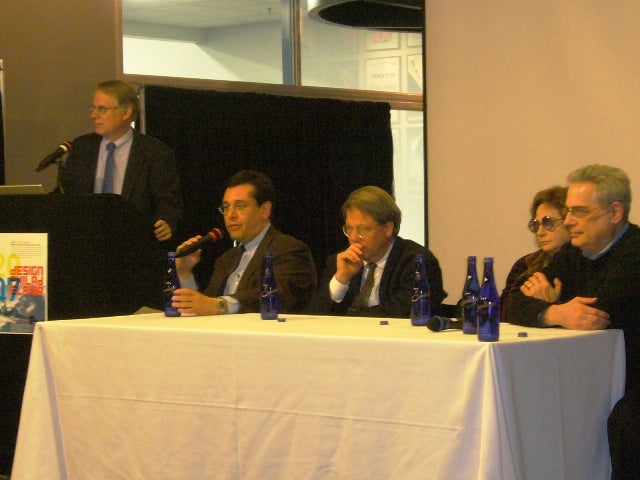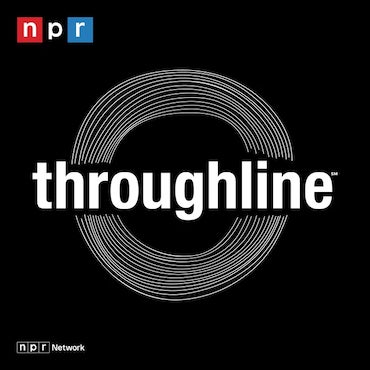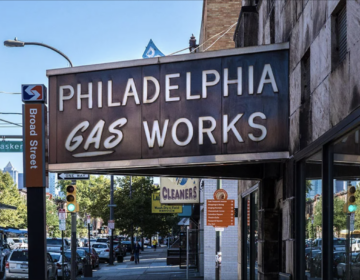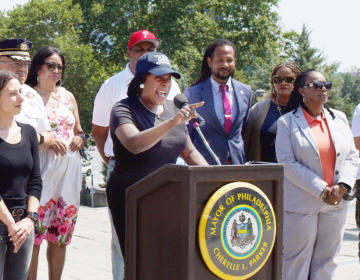How our grid impacts life, design

Does the street grid of the city you reside in have a subtle but significant impact on how you live your life, how you interact with other citizens, what kind of relationship you have with the buildings, parks, automobiles and boulevards around you?
For instance, in terms of the relationship between people and place, does Washington, D.C.’s four quadrants and defense-oriented circles and boulevards have a different impact than Philadelphia’s strict 90 degree grid or Boston’s jumbled and diminishing block and intersection system?
In his classic book Great Streets, Allan Jacobs puts the grid into a perspective we can appreciate.
“Street and block patterns reflect differences among cities beyond those of scale, complexity, available choices, and the nature of spaces. They relate to the time period when the city was built, to geography, to differing cultures, to city functions or purposes, to design or political philosophies, and to technological demands. They are, as well, the settings within which great and not so great streets are to be found.”
Yesterday afternoon, a panel of noted design and planning experts kicked off the DesignPhiladelphia Symposium by talking about the historical, cultural, artistic, planning and design influences that are associated with the way we design and redesign the Philadelphia streets that connect our social and economic networks as we go about our lives.
The panelists included architectural historian David Brownlee, information designer Joel Katz, landscape architect Carol Franklin and PennPraxis director Harris Steinberg. The moderator was Inquirer editorial page editor Chris Satullo.
The 10-minute presentations, quite dissimilar in their approaches, no doubt would have satisfied William Penn’s curiosity about how following generations quantify his work while debating the merits and nuances of the seminal grid that has been the bedrock of our present architecture and planning.
Brownlee got things started by explaining how Penn’s grid was the essense of nature’s order and the sign of man’s importance. He noted that the grid was rich in contradiction: the embodiment of idealism rejected by the pragmatic nature of economical colonists.
Franklin discussed the benefits of breaking the grid. She made it clear that the grid has to be viewed as an organism that can be worked with, adjusted. “The grid that Penn made is about living, experiencing,” she said. “Cut it up, break it up. The grid can be more responsive to the natural environment. New grids that deform (around the physical environment) are more responsive to our cultural values.”
Katz opened by making the point that our lives are deeply attached to the grid, whether we paint with oils or try to navigate the Rome transit system. With that said he still insisted that we should challenge the 2-dimensional linear structure – that has been so integrated into our lives – with 3-dimensional ideas. “Philadelphia’s grid is a wonderful structure to diverge from,” he said. “A wonderful structure to play with.”
Steinberg closed by explaining how the waterfront wards’ connections with the river have been destroyed and how it is in Philadelphia’s best interest to reclaim those links. He emphasized the absolute importance of a partnership between the public realm and private development.
“William Penn’s and Thomas Holme’s iconic 1683 Portraiture of the city of Philadelphia depicted the ideal city stretched compactly between the Delaware and Schuylkill Rivers,” Steinberg said. “Without grand boulevards and imperial vistas such as in Rome, London or Paris, or the dense medieval street-armature of early Boston, the Philadelphia plan was quietly organized around a series of simple interlocking squares that were intended to be forever free and public.”
WHYY is your source for fact-based, in-depth journalism and information. As a nonprofit organization, we rely on financial support from readers like you. Please give today.






